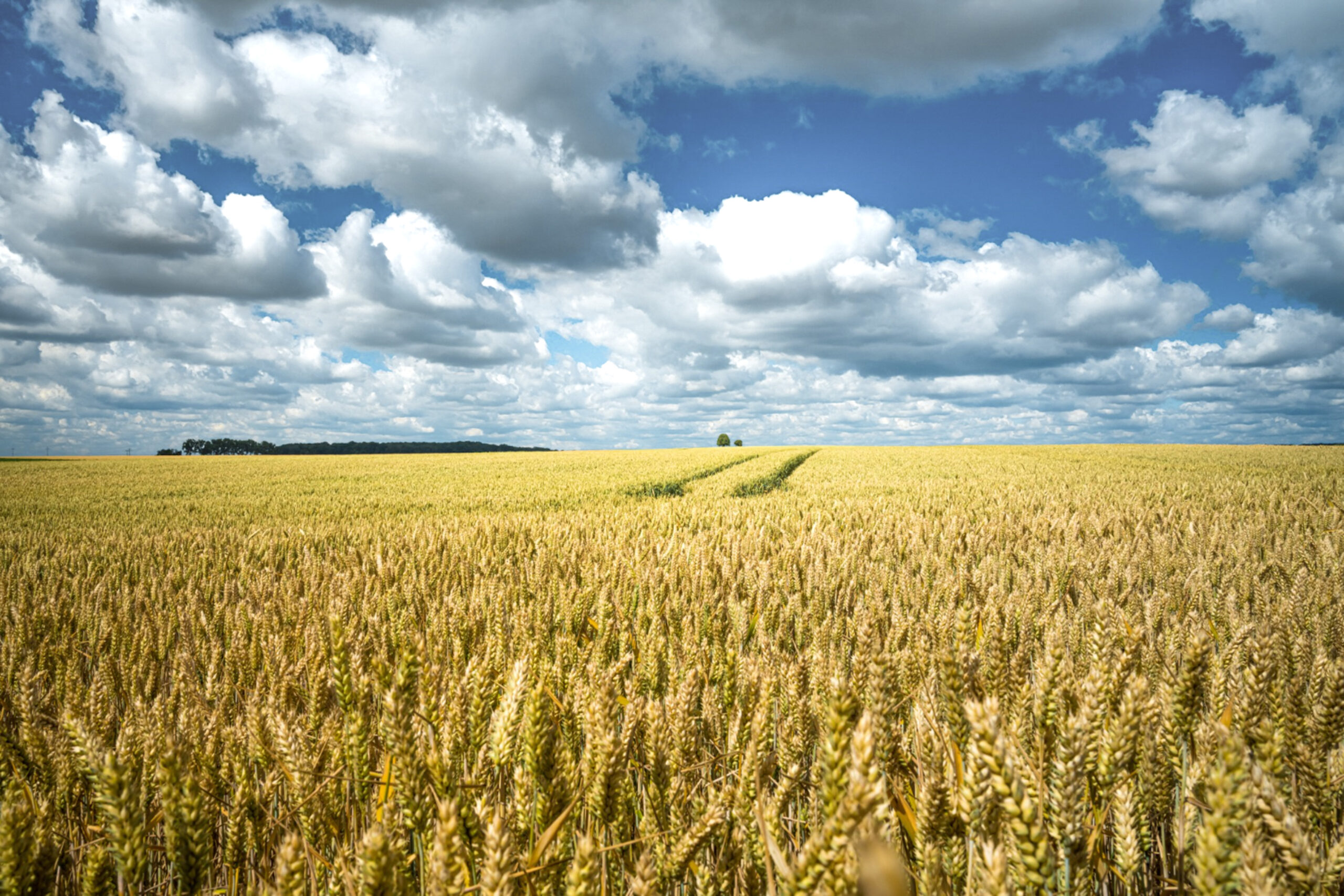Technologies: Bioenergy
Bioenergy is the sole renewable energy source capable of providing heating & cooling, electricity & transport fuel.
Bioenergy is the sole renewable energy source capable of providing heating & cooling, electricity & transport fuel.

BIOENERGY
Learn more about
Bioenergy:
By definition, Bioenergy is a form of renewable energy which derives from the thermal, biological, or chemical conversion of natural, biological sources (defined as biomass) available on a renewable basis.
Bioenergy production from biomass is a crucial step on our target towards phasing out fossil fuels, assisting in the mitigation of carbon emissions and facilitating a high-level security of energy supply. Actually, bioenergy is the sole renewable energy source capable of providing heating and cooling, electricity and transport fuel.

types of bioenergy
The most common types of bioenergy used in EU are:
Combustion: Standalone biomass combustion plants can produce renewable power or, more efficiently, Combined heat and power (CHP) plants use solid biomass to produce electricity and heat.
Biogas: Biogas is produced by anaerobic digestion of organic material such as manure, sewage sludge and organic waste. It consists primarily of methane, and it can be used as a fossil natural gas substitute by being upgraded to biomethane and fed into the grid.
Gasification: Thermal gasification is the heating of biomass with limited oxygen available. The biomass is turned into inflammable gases (defined as syngas) that can be combusted and further used in thermal power or CHP plants.
Liquid biofuels: Biomass crops and crop residuals can be used to produce liquid biofuels. Bioethanol is produced by a biological process called fermentation and distillation of biomass whereas biodiesel is produced by processing plant-based oils.





